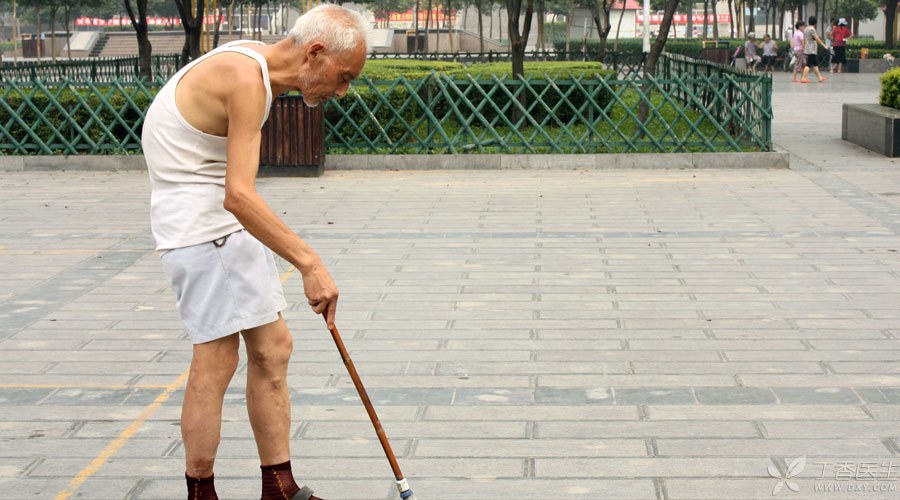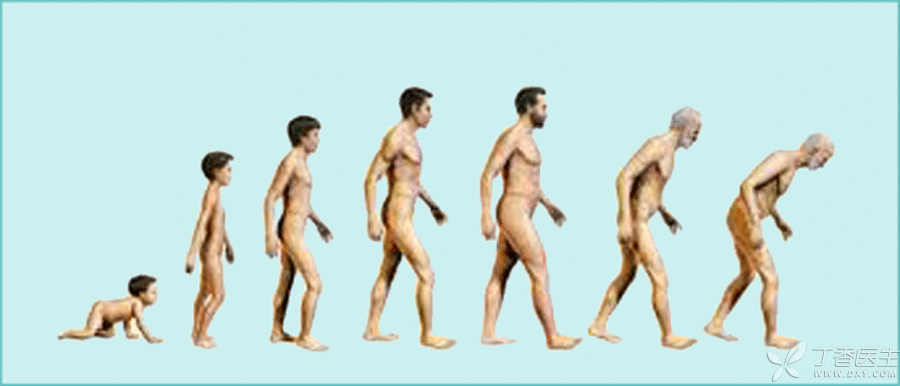
Have you noticed?
With the growth of age, many old people have changed from their original tall and straight posture to hunchback, and their height is getting shorter and shorter.

This is a common phenomenon, but not everyone’s situation is so serious. Some people, in their seventies and eighties, are still promoted and in high spirits.
Therefore, the health headline (micro signal: Baojiandaifu) invited orthopaedic doctors to talk about how to resist hunchback and shortening.
It is a fact that the older you get, the shorter you get.
Studies at home and abroad have found that with the growth of age, people’s height will gradually become shorter. A domestic study found that after the age of 45, with the growth of age, the average height of men decreases by 0.27 cm per year, while that of women decreases by about 0.3 cm per year.
Three Reasons for Old People’s Humpback and Shortening
The main reason for the elderly to become shorter is hunchback, which is mainly caused by the decline of back muscle strength and vertebral fracture.
1. Decline in strength and elasticity of back muscles
Sex hormones in the body affect the strength and elasticity of muscles. After menopause, the level of sex hormones decreases, and the strength and elasticity of muscles become worse.
When the back muscles are relaxed and cannot be pulled back, the whole spine bends forward, and people gradually hunchback and become shorter. For a long time, this can even develop into serious spine bending forward. In addition, long-term poor sleeping posture and sitting posture can also cause hunchback.
2. Osteoporosis Causes Vertebral Fracture
Osteoporosis is easy to occur in the elderly, vertebral body fracture, vertebral body fracture will become a wedge shape with low front and high back. If multiple vertebral bodies are fractured, hunchback will be formed, resulting in obvious height reduction.
3. Normal degeneration of intervertebral disc
Degenerative changes will occur in the intervertebral disc of the elderly, and the nucleus pulposus will gradually age, lose water and become thinner. This is also one of the reasons for the shorter height of the elderly, but this factor has little influence and is a normal physiological change.
Orthopaedic Doctors’ Anti-hunchback and Anti-Shortening Tips
After understanding the reason why hunchback is getting shorter as we get older, we can prevent it in a targeted way.
1. Prevention of osteoporosis
- Drink in moderation: The daily alcohol consumption should be controlled within the following standards, Beer 570 mL, white spirit 60 mL, wine 240 mL. Quit smoking: Smoking increases the risk of osteoporosis and fracture in both men and women. Sun exposure for at least 20 minutes a day: Adequate light plays an important role in vitamin D production and calcium absorption. Balanced nutrition: A balanced diet rich in calcium, low in salt and moderate in protein is beneficial to prevent osteoporosis. Moderate exercise: Walking, running and weight-bearing exercises can improve bone strength.
Step 2 Exercise your back muscles
There are many forms of exercise to exercise back muscles. Here is a set of [camel exercises]. This set of exercises cannot replace the regular hunchback treatment plan, but it is a good exercise.
(1) Stand with your feet apart and shoulder width, with your hands and fingers crossed behind your head, spread back and bow forward.
(2) Face the wall, stand with your legs separated, your lower limbs straight, your hands on the wall, and your legs raised backwards alternately to kick your legs.
(3) Stand behind the wall, with the heel one foot away from the wall, and the back and buttocks leaning against the wall; Then do the back-up movement to make the back and buttocks leave the wall.
Humpback is a common physiological phenomenon in the elderly. However, if humpback increases rapidly in a short period of time and the height decreases by more than 1cm, one must be alert to the occurrence of vertebral fracture. Active treatment is required at this time.
